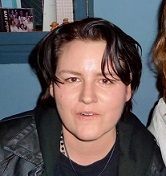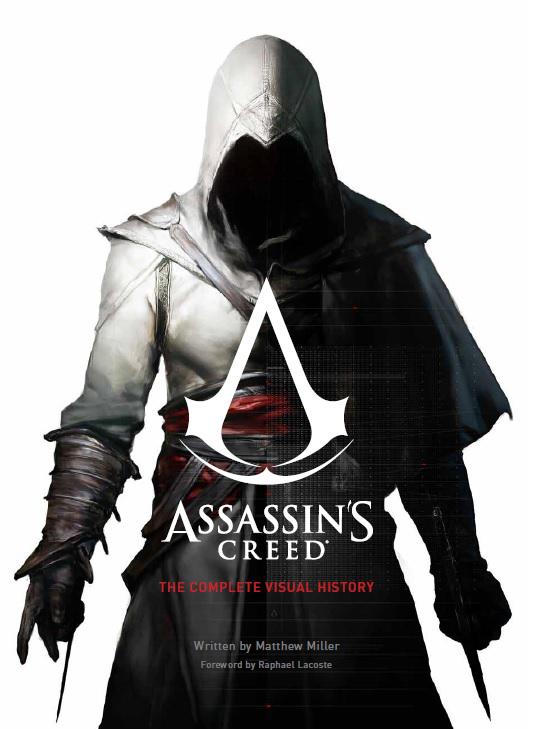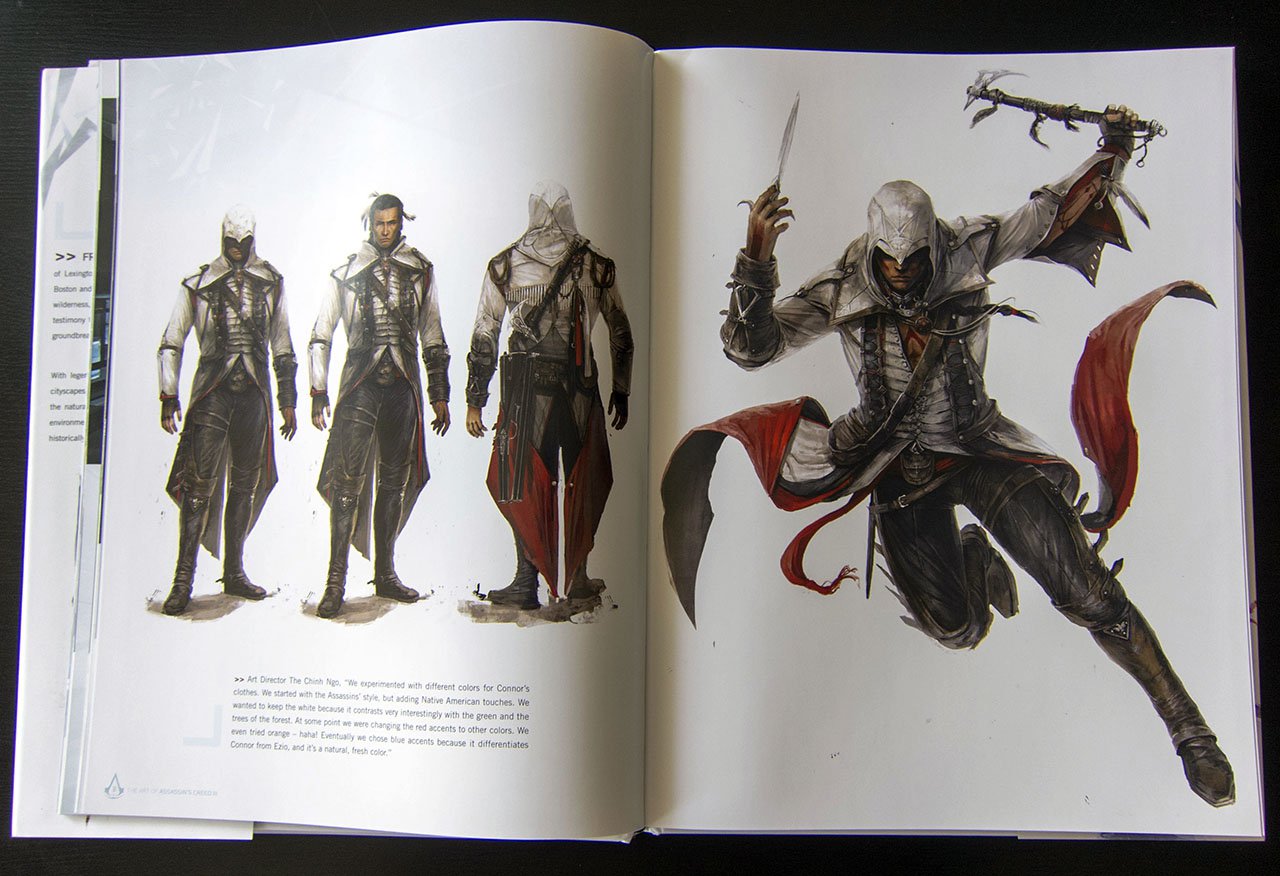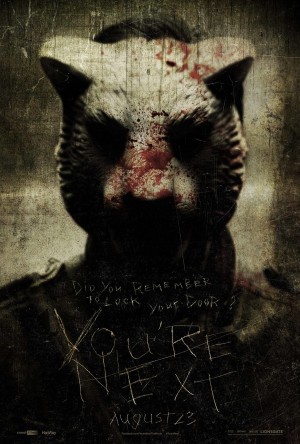
Mandy Wrangles
Amanda Wrangles has never moved far from where she grew up on the beautiful Mornington Peninsula near Melbourne. An active member of Sisters in Crime Australia (winning their 2009 Scarlet Stiletto award for short story writing), she delights in books that dare to cross the lines in genre – particularly between crime and the paranormal world. Follow Amanda’s food and writing blog.
 There’s some exciting stuff happening over at Australian publisher, Clan Destine Press.
There’s some exciting stuff happening over at Australian publisher, Clan Destine Press.
Going back a few months ago, Lindy Cameron (head honcho at CDP) sent out an invitation to a number of Australian genre writers to a brand new anthology she was putting together.
Lindy’s idea was to collect a bunch of adventure stories for a Great Big Book of Adventure Tales. The kind of stories that have the reader flipping pages fast, dying to know what happens next, what dire straits would the author throw their characters into, and how would they overcome it. How would they find the stolen artwork, the missing space ship, the ancient relic hidden deep beneath the island grotto in the middle of the Bermuda Triangle while swinging from a bi-plane?
So, the title And Then…The Great Big Book of Adventure Tales was born. Along with the invitation came some guidelines. Clan Destine wanted not one, but TWO main characters. Not a hero and sidekick kind of deal, but two real protagonists; best buddies, comrades, siblings or colleagues. The characters didn’t have to be human, but they did have to be equal. The stories also had to have an Australian flavour to them.
Lots of writerly folk got excited. Lindy was encouraging writers to think outside the box, to write away or within or between their ‘usual’ genres. She wanted the authors to play. She also offered them far more words than is usual in a short story anthology to tell their stories in – five to fifteen thousand. Fifteen thousand! That’s novella size, rather than short.
 I was lucky enough to be one of the writers invited. My story, Come Now, Traveller is actually one of the shorter tales to be accepted in And Then… While I generally write crime, or, more recently science fiction, this time I got to delve into a nautical steam-punkish kind of world, with some fantasy thrown in for good measure.
I was lucky enough to be one of the writers invited. My story, Come Now, Traveller is actually one of the shorter tales to be accepted in And Then… While I generally write crime, or, more recently science fiction, this time I got to delve into a nautical steam-punkish kind of world, with some fantasy thrown in for good measure.
Come Now, Traveller is the story of a ship – The Davee Trader – her captain and the next in line. There’s a surgery scene, opiates, fights, jealousy and lust. There’s the Davee’s own brand of history, mythology and family dysfunction. But most of all, it’s about The Davee Lady, the carved timber figurehead that leads the Trader through the sea, told by the two who love her.
Of all the short stories I’ve written, this one was the biggest challenge for me personally. It’s also (now) my favourite world to play in. So…I’d love to see it in print.
And that’s where all the authors, Clan Destine Press and Lindy need your help. You see, when writers are given a huge maximum word count like fifteen thousand words, we generally use it. So LOTS of the invited writers have written big adventure tales for this big book. In fact, so many of us did just that – there’ll now be two gorgeous volumes to sit side by side in your shelf (or e-reader).
But here’s the thing: Clan Destine has to pay us. We didn’t quite come in under budget. So they’re running an Indiegogo campaign to get things moving. For contributors to the campaign, there’s SO many goodies as reward, including of course, the two huge paperback volumes with stories from over thirty of Australia’s ‘finest genre fictioneers’ for only $50. Yep, serious. Fifty bucks for two bricks of books.
Lindy has also enlisted the services of fabulous illustrator, Vicky Pratt. You can see here the utterly gorgeous work she has done of my own Davee Lady Figurehead. She’s so perfect, I must admit the first time I saw her, I might have shed a tear. Every story in the collection will have its own illustration and title page. And, just check out this Table of Contents and the authors involved. There’s some huge Australian names in there:
Peter M Ball – Deadbeats
Alan Baxter – Golden Fortune, Dragon Jade
Mary Borsellino – The Australian Gang
Lindy Cameron – The Medusa Code
Kat Clay – In the Company of Rogues
Emilie Collyer – The Panther’s Paw
Jack Dann – The Talking Sword
Sarah Evans – Plumbing the Depths
Jason Franks – Exli and the Dragon
James Hopwood – The Lost Loot of Lima
Kelly Gardiner – Boots and the Bushranger
David Greagg & Kerry Greenwood – Cruel Sister
Narrelle M Harris – Moran & Cato: Virgin Soil
Maria Lewis – The Bushwalker Butcher
Sophie Masson – The Romanov Opal
Keith McArdle – The Demon’s Cave
Jason Nahrung – The Mermaid Club
Andrew Nette – Save a Last Kiss for Satan
Amanda Pillar – It
Michael Pryor – Cross Purposes
Dan Rabarts – Tipuna Tapu
Tansy Rayner Roberts – Death at the Dragon Circus
Finn J Ross – Genemesis
Tor Roxburgh – The Boudicca Society
Amanda Wrangles – Come Now, Traveller
Alison Goodman – The Benevolent Society of Ill-Mannered Ladies
Sulari Gentill – The Stranding
Lucy Sussex – Sabah
Cameron Ashley – Dogs Leave Home to Die
Evelyn Tsitas – Stealing Back the Relics
So, head on over and check out the Indiegogo campaign. Contributions can start from as little as $5.
Hope you can join us on this wild adventure ride!





















 It has to be said that you don’t even have to be a gamer to appreciate the beauty of this Insight Editions publication. Designers, artists, history buffs, and anyone who simply appreciates beautiful illustration and art will become equally lost in this incredible world. The book is divided into 11 sections, the initial 9 being devoted to the various historical periods represented in the game, kicking off with the Middle Ages and working through the Renaissance, American Revolution and so forth, right through to the shorter Chronicles games, set in China, India, and Russia, and finally offering insight into the mysterious World Before. Following these info-packed, yet easy-to-read sections, we are presented with a chapter dedicated to the products and spin-offs inspired by the game, including cartoons, novels (and graphic novels), short films, and collectibles.
It has to be said that you don’t even have to be a gamer to appreciate the beauty of this Insight Editions publication. Designers, artists, history buffs, and anyone who simply appreciates beautiful illustration and art will become equally lost in this incredible world. The book is divided into 11 sections, the initial 9 being devoted to the various historical periods represented in the game, kicking off with the Middle Ages and working through the Renaissance, American Revolution and so forth, right through to the shorter Chronicles games, set in China, India, and Russia, and finally offering insight into the mysterious World Before. Following these info-packed, yet easy-to-read sections, we are presented with a chapter dedicated to the products and spin-offs inspired by the game, including cartoons, novels (and graphic novels), short films, and collectibles.
 Home invasion movies are an old and popular genre in horror, and it is possibly the only horror genre that is targeted more
Home invasion movies are an old and popular genre in horror, and it is possibly the only horror genre that is targeted more  For example, in
For example, in 















